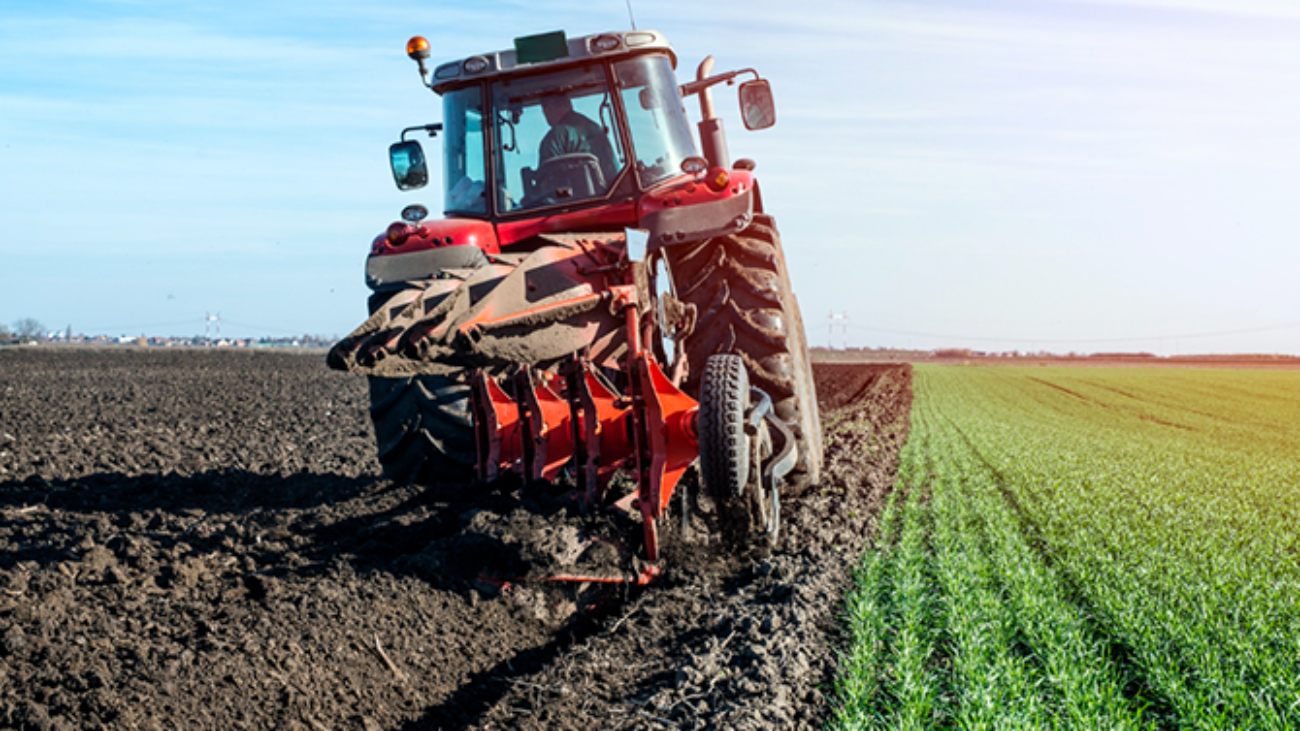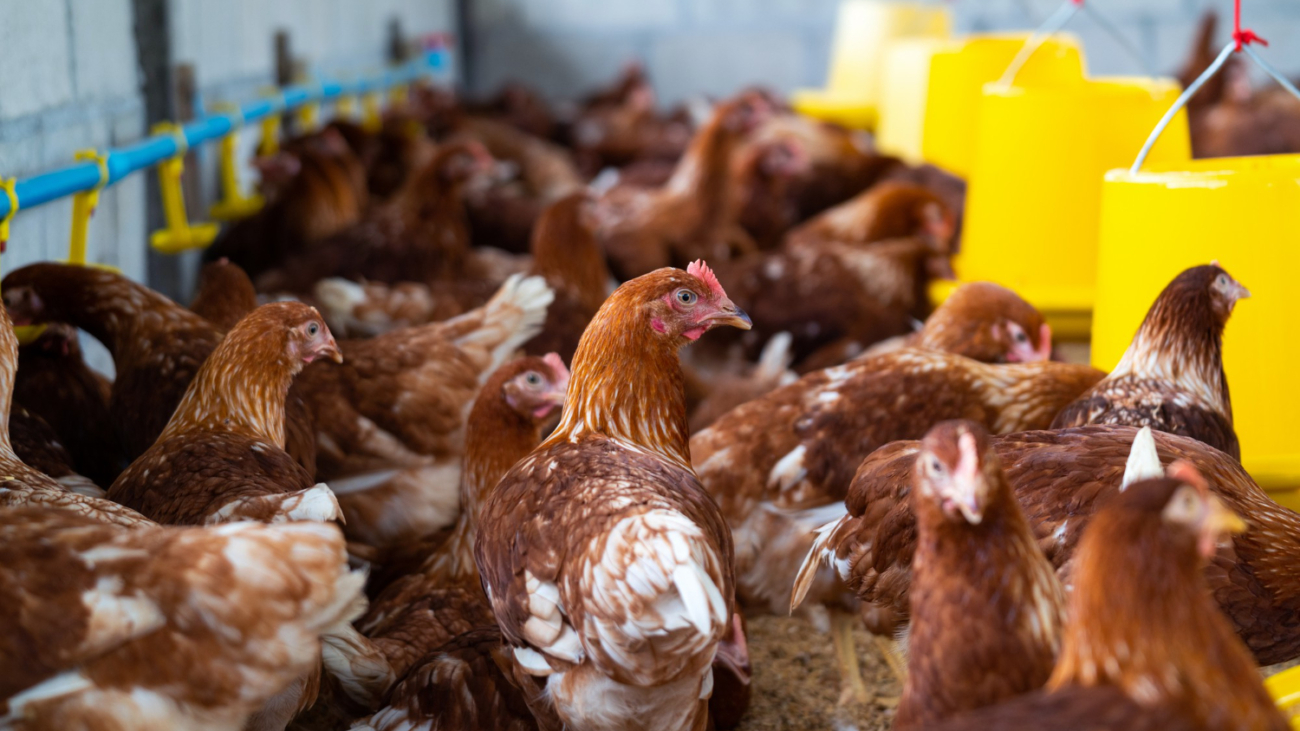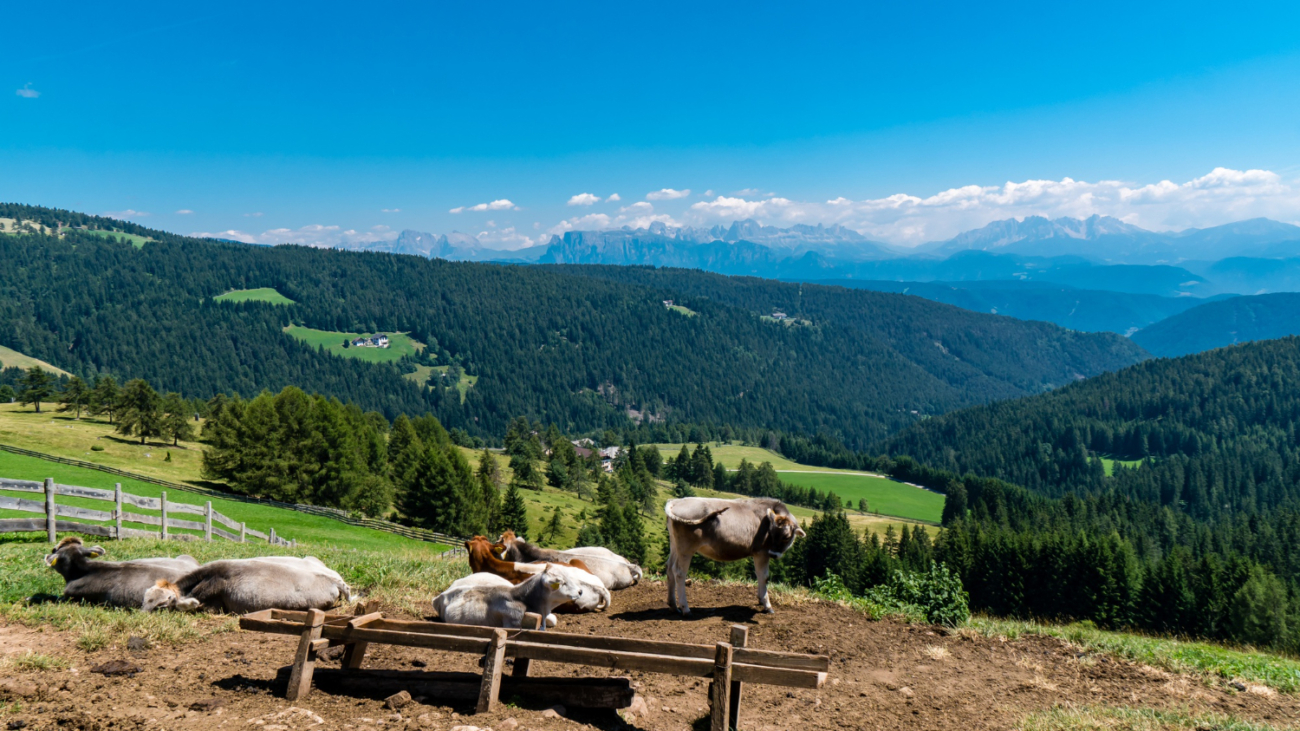Labour is a key input to Australian agriculture and there is significant interest in understanding whether labour markets are meeting the needs of the Australian farm sector. This interest has recently been heightened by the COVID-19 pandemic, which resulted in a reduction in the availability of farm workers from overseas and placed restrictions on the movement of people within Australia.
The Australian Bureau of Statistics 2021 Census of Population and Housing (Census) indicates that the Australian agriculture sector employed 239,000 people in 2021, with the horticulture and broadacre (livestock and cropping) industries accounting for most workers (more than 75%). The Census includes data about temporary residents and their workforce status on census night, but only for a single point in time. Given that overseas farm labour is typically seasonal or short-term in nature, the Census data underestimates total agricultural employment due to the significant number of overseas workers employed on farms each year. Other publicly available data sources also have limitations on coverage and detail, as outlined in Australian agricultural workforce: Stocktake of data sources.
ABARES regularly surveys farmers about their labour use (including Australian residents and overseas workers). In 2022, data describing the use of labour on Australian horticulture farms and the profile of farm workers were collected through the ABARES Horticulture Survey. The labour information was collected between May and August 2022 through telephone surveys, conducted on behalf of ABARES by Lighthouse Data Collection. The survey results for 2021–22 are based on a weighted sample of 2,363 horticulture farms across Australia (including fruit, nut and vegetable growers), selected by region and farm size to be representative of the total population of 9,763 farms. Surveyed nursery and floriculture producers are excluded from these results to allow for direct comparison with previous surveys.
Survey results for broadacre and dairy farms are based on data collected in face-to-face farm interviews by ABARES in 2019 and 2021. The survey results for 2020–21 are based on a weighted sample of 1,182 farms, selected at the state and industry level to be representative of the total combined population of 55,071 farms.
The full report can be accessed at this link: https://www.agriculture.gov.au/abares/research-topics/labour/labour-use-2021#the-impact-of-covid19-on-the-horticulture-workforce



